Market Trends
Introduction
The traffic sensors market will be in a state of tumult by 2024, under the influence of a confluence of technological developments, regulatory pressures, and changing consumer behavior. The accelerated integration of smart technologies, such as IoT and AI, is rapidly enhancing the functionality of traffic sensors, enabling them to collect and analyze real-time data, thereby enabling smarter urban planning and traffic management. Meanwhile, the increasing regulatory pressure to reduce traffic congestion and improve road safety is compelling cities and transportation agencies to adopt more advanced traffic sensors. Also, the changing consumer preferences for seamless mobility and enhanced safety are pushing the industry to develop and deploy advanced traffic sensors. These trends are crucial for industry players to navigate the complexities of the market and seize the emerging opportunities.
Top Trends
-
Integration of AI and Machine Learning
Artificial intelligence and machine learning have enhanced the capacity of sensors to analyse data. Los Angeles, for example, has been using this technology to manage traffic flows, with the result that congestion has been reduced by 20 per cent. This trend will improve the quality of prediction and thus make real-time traffic management possible. The development of machine learning will make the traffic sensors much more accurate and efficient. And the city will become smarter. -
Increased Focus on Smart City Initiatives
The governments of the world are investing in the smart city, introducing traffic sensors into the city's infrastructure. Singapore, for example, has a smart nation program, which aims to optimize public transport using sensors that monitor the flow of traffic. This trend is boosting the demand for interconnected systems, which will optimize the performance of the city's public services. In the future, data sharing between cities will become more comprehensive, promoting innovation and collaboration. -
Rise of Wireless Sensor Networks
Wireless sensors are increasingly common because of their ease of installation and maintenance. City councils like Barcelona are deploying wireless sensors to collect data on traffic in real time without the need for expensive cabling. This trend is reducing the costs of operations and enabling a quicker roll-out. As the technology develops, the reliability and range of wireless sensors will improve, facilitating their use in urban environments. -
Emphasis on Environmental Monitoring
A traffic-related system of sensors is being increasingly used to monitor the environment, such as air quality and noise levels. London, for example, has sensors that measure air quality and also collect traffic data. This trend supports both regulatory compliance and public health initiatives. Future developments could lead to more integrated systems that provide a more comprehensive understanding of the environment, influencing urban policy and planning. -
Enhanced Data Analytics Capabilities
For instance, in the field of traffic control, the need for a more sophisticated approach to data analysis is growing. In response, companies such as Siemens are developing a sophisticated analytic platform. These systems are able to process huge amounts of data, which in turn allows for better forecasting and traffic management. It is an important trend that will help optimize traffic flow and reduce congestion. As the technology develops further, the ability to extract useful information from traffic data will become even more important for urban planners. -
Adoption of IoT-Enabled Devices
Internet of Things is transforming the field of traffic sensors, enabling real-time data collection and communication. Cities like Amsterdam are already using sensors to monitor the movement of people and vehicles. This trend increases situational awareness and supports dynamic traffic management strategies. The future will see greater integration between IoT and other smart city solutions, creating a more coherent urban environment. -
Growth of Autonomous Vehicle Integration
Autonomous vehicles are increasingly being used. As a result, traffic sensors are being designed to communicate with these systems. Companies are developing sensors that can send real-time data to the vehicles, thereby improving their safety and efficiency. This is a trend that is reshaping the traffic management strategies and the planning of the road network. Future developments may lead to a standardized communication protocol between the vehicle and the sensors, thereby improving the safety of the entire traffic system. -
Increased Investment in Infrastructure Upgrades
Governments are prioritizing the installation of advanced traffic-sensing equipment on their roads. The United States Department of Transportation has set aside considerable sums to help cities develop their intelligent transportation systems. This is a trend that is essential to improving the flow of traffic and reducing accidents. Future investments will probably focus on retrofitting existing roads with the latest sensors and on improving traffic management. -
Focus on Real-Time Traffic Information Systems
Real-time traffic information systems are gaining ground. They provide drivers with current information on the state of the traffic. The San Francisco system is a real-time system that makes the route planning of navigation applications easier. This trend improves the service and reduces congestion. Personalised information services could be developed further, which would use the drivers’ own data to provide a more optimum route. -
Collaboration Between Public and Private Sectors
In the field of traffic sensors, public-private collaborations are becoming increasingly important. For example, in New York such collaborations have led to a new traffic management concept. This trend stimulates innovation and speeds up the uptake of new technology. Future developments may lead to even more extensive collaborations, with common resources and expertise in the field of traffic management.
Conclusion: Navigating the Traffic Sensor Market Landscape
The traffic light market in 2024 will be characterized by a high degree of competition and a significant degree of fragmentation. The competition will be between the established and the newcomers. The regional trends show a growing importance of smart city projects, especially in North America and Europe, where traffic management systems are booming. In order to be able to compete, the vendors need to strategically position themselves by utilizing their strengths in artificial intelligence, automation, and flexibility. The established players are focusing on the technological development and the integration of sustainable solutions. The newcomers are focusing on innovation and on agile solutions to meet the evolving urban mobility needs. Data analysis and agile solutions will be decisive for leadership in this rapidly changing market.
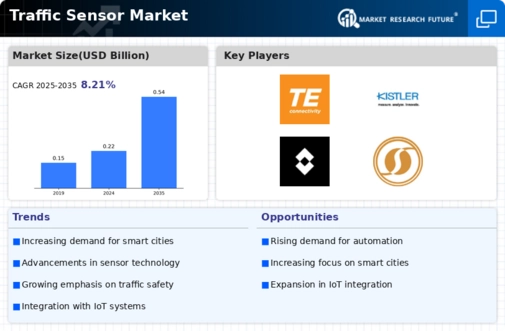
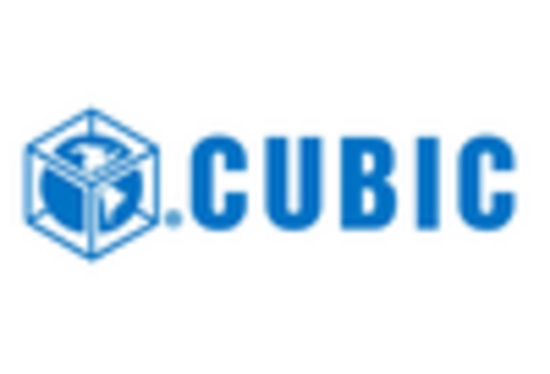
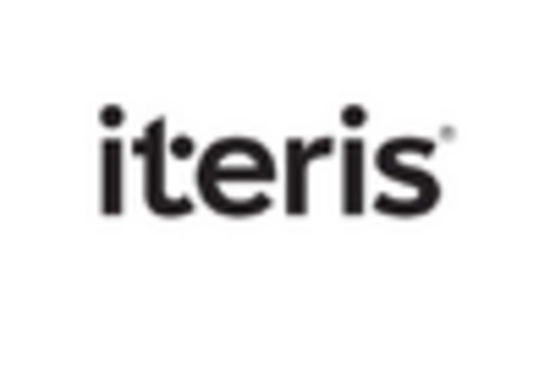
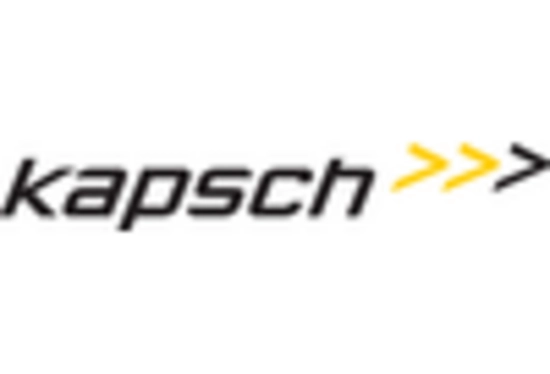
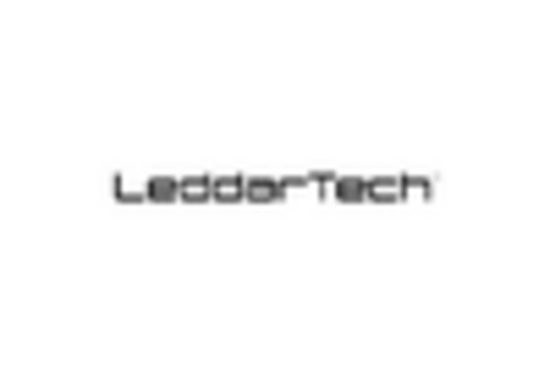
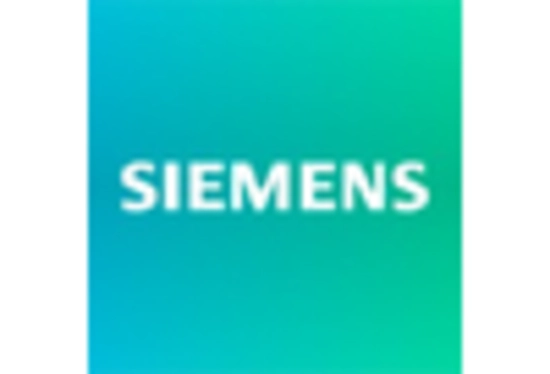
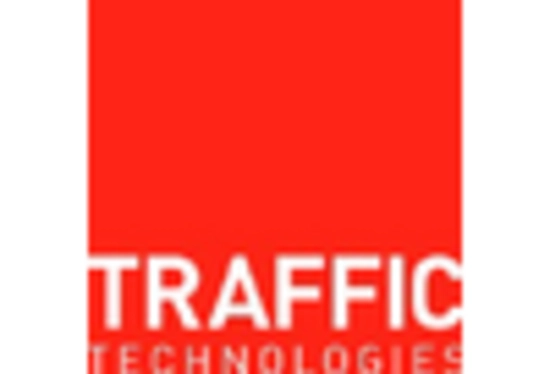









Leave a Comment